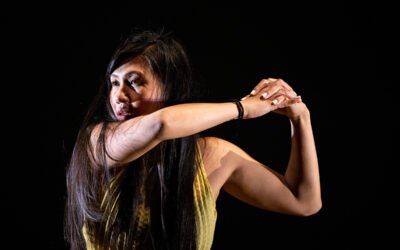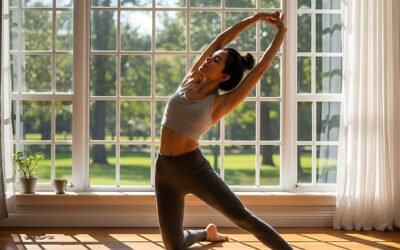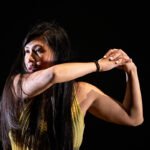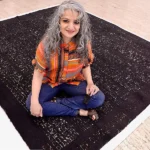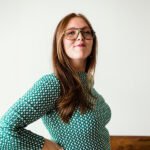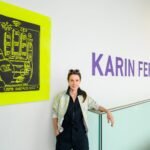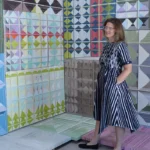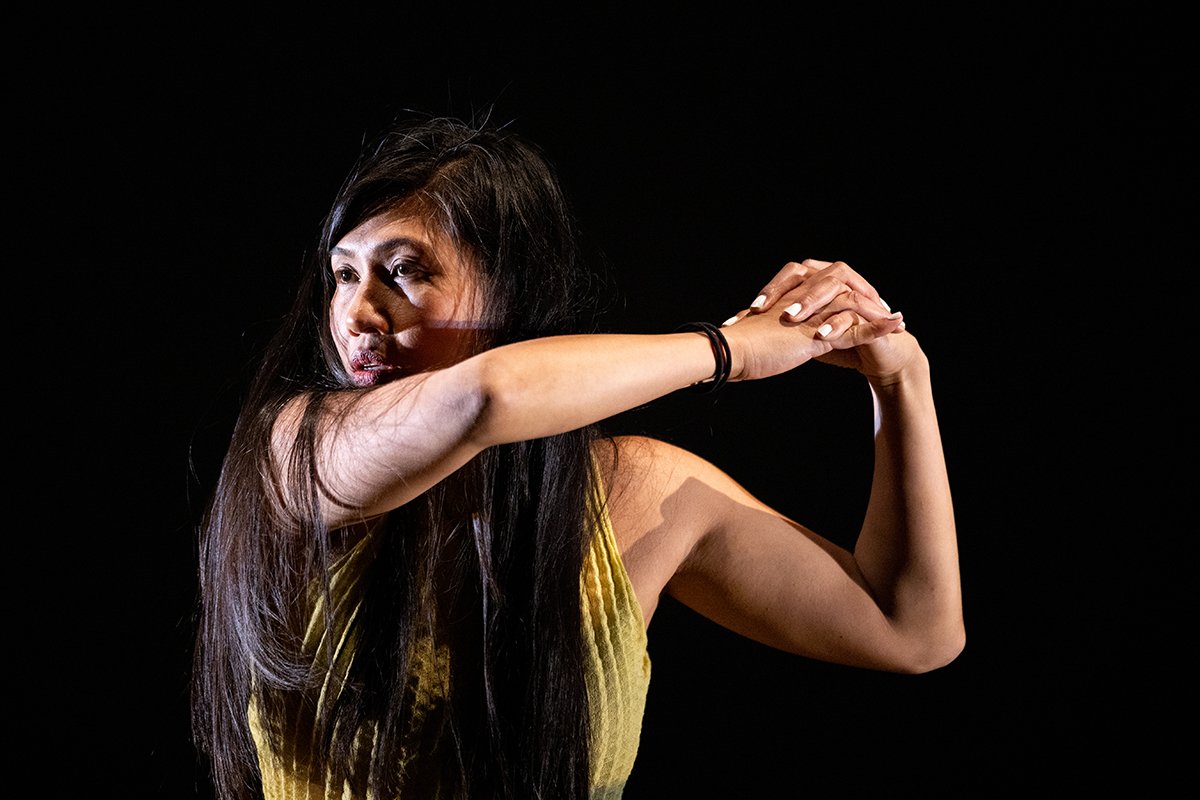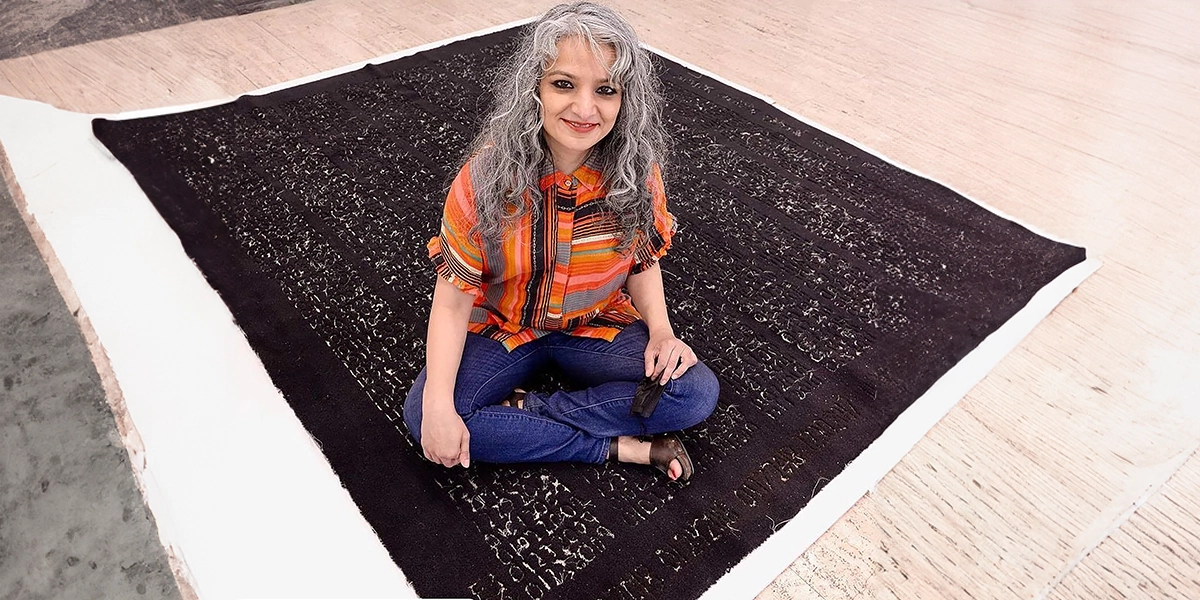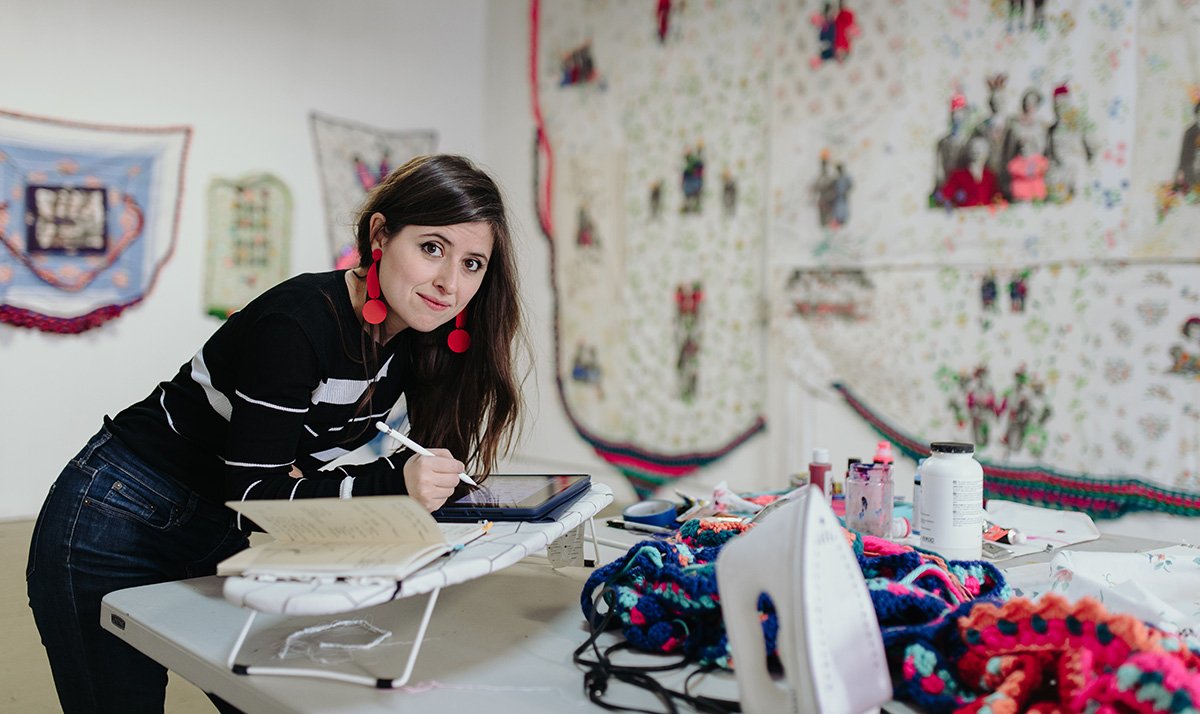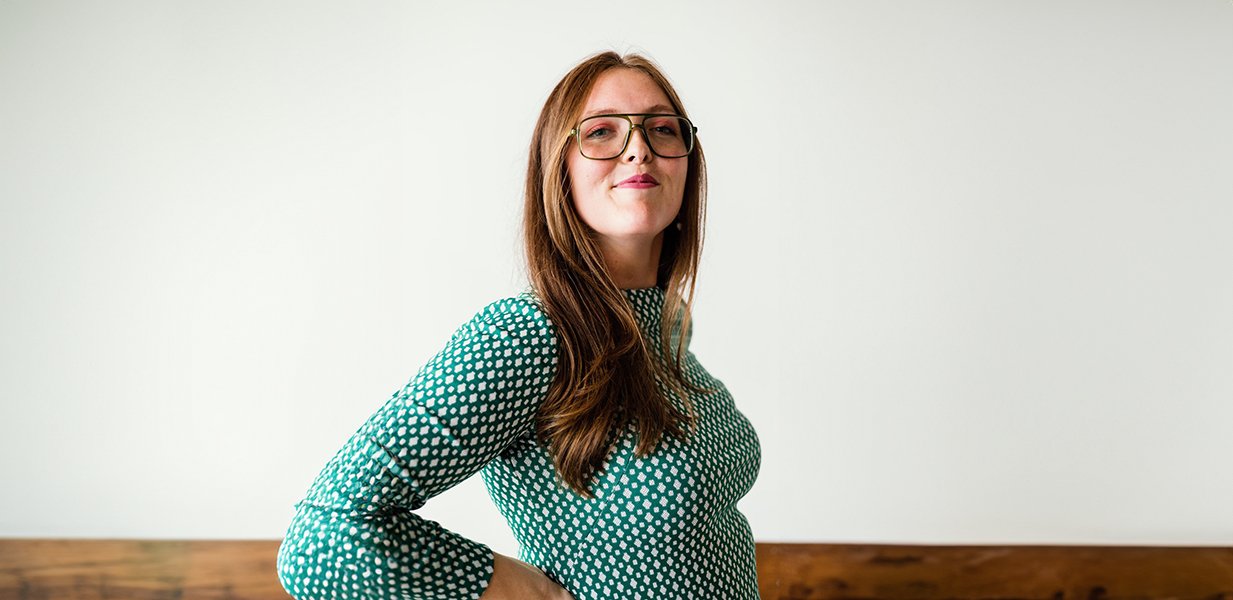A Canvas of Contrasts – The Works of Audrée Anid
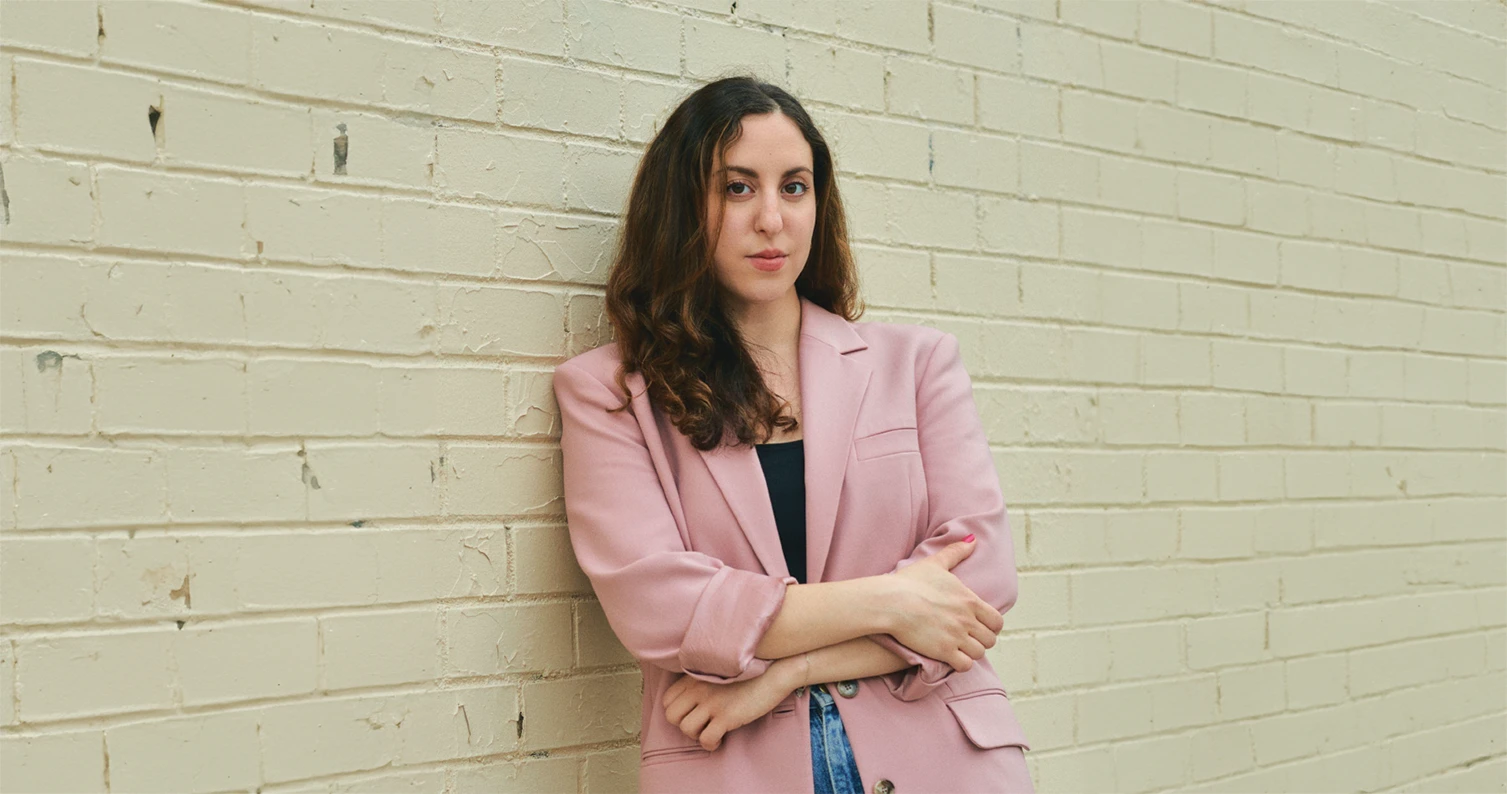
Delving into the themes of fragmentation and femininity in the compelling art of a multifaceted creator
Audrée Anid discusses her mixed-media practice, influences of her heritage, and the role of mentorship in the contemporary art scene.
In this edition of Mosaic Digest Magazine, we are honoured to present an in-depth interview with the multifaceted artist, curator, and writer Audrée Anid. With her unique perspective shaped by her Lebanese-American heritage and upbringing in New York City, Anid’s work navigates the complexities of identity, memory, and loss. She masterfully blends photography, painting, and printmaking to create poignant visual narratives that resonate on both personal and universal levels.
Anid’s artistic contributions have not only graced esteemed venues such as BRIC and the NARS Foundation in New York but have also found a place in the international art landscape, including exhibitions at Beit Beirut. Her work invites viewers into a dialogue about the fragility of memory and the intricate tapestry of her experiences. As the co-founder of RATA Projects and the Director of Special Projects at James Cohan, she has consistently championed emerging artists and curated exhibitions that push the boundaries of contemporary art. Anid’s thoughtful approach to her creative practice and her commitment to fostering community within the art world is truly inspiring. We delve into her creative process, the influence of her dual heritage, and her vision for the future of art in a world that often seeks to divide.
Audrée Anid’s innovative approach to art beautifully intertwines personal narrative with broader themes of memory, loss, and femininity, creating deeply resonant works.
How do your Lebanese-American heritage and upbringing in the Bronx influence your mixed-media work, particularly your exploration of photography, painting, and printmaking?
I vacillated between two very disparate places growing up; I lived in New York City, but spent summers visiting family in Lebanon. I tried to confront this duality in my early 20s through reconfiguring images of the past, in particular, archival family albums. I transformed candid photographs by applying thick swathes of brightly-hued oil paint directly on their surfaces, to both obscure and enhance them. I photographed cityscapes of Beirut in 35mm color film, fossilizing moments in time. More recently, my artistic language has evolved. I feel less concerned about defining and reconciling my heritage, because I feel more confident in who I am. My core interests are centered on broader ideas of memory, loss, fragmentation, and femininity.
Can you share the thought process behind your solo exhibition “Memorial Passageway” at ArtLab Beirut? What key themes did you aim to convey?
I was focused on the dislocating experience of traversing a city that I was connected to, yet, distant from through cityscapes and hazy, painted photographs. The mixed media works were meant to elicit memories by blurring the boundaries of the past and present through abstraction.
The show was about bearing witness to Beirut changing drastically over three decades, as it cycled between states of inspiring rebirth and heartbreaking disarray. The installation component was a wall vinyl of scaffolded buildings that was extracted and scaled-up from one of my photos. Notably, the exhibition took place a year before the devastating explosion of 2020 and now, as the war escalates, erasure is tragically happening again.
How has your curatorial experience with RATA Projects and at James Cohan gallery shaped your approach to creating and presenting your own art?
The exhibitions I organize and curate are modes of expression for me. I approach every decision creatively, which includes the visual presentation of the art, realizing the vision of artists, and building a framework and language that contextualizes their work. I have this same sensibility when planning presentations of my own work.
Your work spans both local exhibitions in NYC and international ones, including in Beirut. How do the different cultural contexts influence the reception and interpretation of your work?
I’m grateful that the Lebanese art community has been supportive; I had my first-ever solo exhibition in Beirut. I felt that there was a strong interest in my perspective as an outsider, peering in. Whereas, in New York, my photographs counter the dominant running narratives that the media perpetuates, and offer glimpses into a world that many are unfamiliar with. I’m curious to see how my new paintings resonate, as they are not explicitly about place in the literal sense.
What role do you believe collaboration and mentorship play in the contemporary art scene, especially through initiatives like NYFA’s Immigrant Artist Program, where you’ve mentored?
Collaboration and mentorship are crucial in creating a more equitable and inclusive art world. It’s a mechanism to break the boundaries between gallerist/curator and artist, creating a bridge between them. This is particularly important when it comes to artists who have relocated to the US and are faced with navigating an inaccessible art world.
My parents made the difficult decision to leave Lebanon, which opened up possibilities for my sister and I. Things can’t happen in a bubble. We built a support system with the help of our surrounding community. I’ve carried this mentality with me. Why not share my perspective and experience with others, if it can create change and help guide someone?
Having worked in both the commercial and nonprofit art sectors in New York for over a decade, how do you balance your personal artistic practice with your curatorial and directorial roles?
I am constantly seeking a balance between them. I go through phases where one may take precedence over the other or my focus shifts to a new medium, like writing. On a practical level, I work during the day and paint in the evenings/weekends out of my apartment. I’ve shifted away from oil paint to acrylic and gouache and work on smaller canvases.
Life events also influence my artistic output. When my mother passed away, I was in a state of creative paralysis for a few years. It changed my subject-matter, which is more introspective and vulnerable. I’ve re-engaged with painting by rendering floral compositions from life and photographs. In these new works, I’m experimenting with inverting colours and pairing a flat, single-hued background with gestural applications of paint. Realism doesn’t interest me, I want these paintings to inspire a specific mood.

